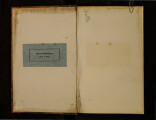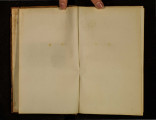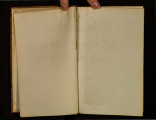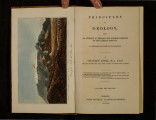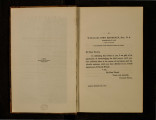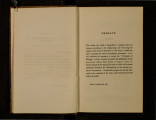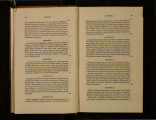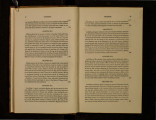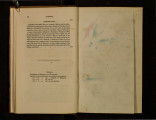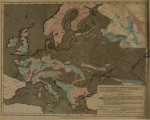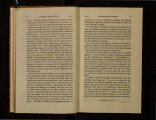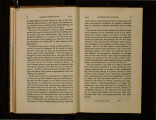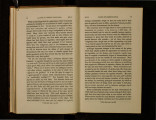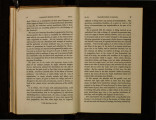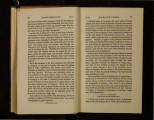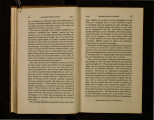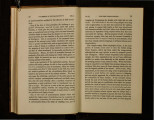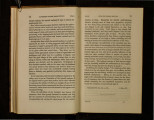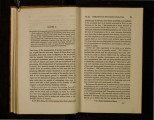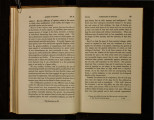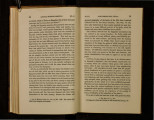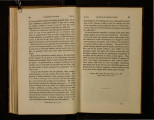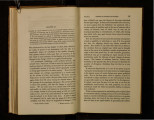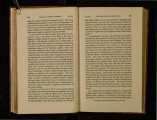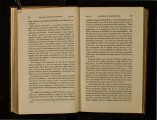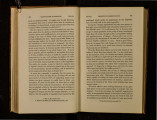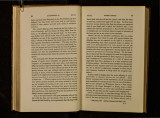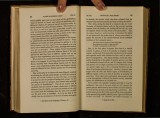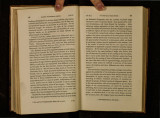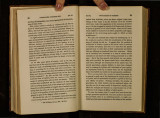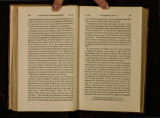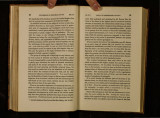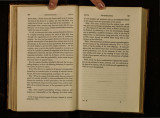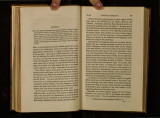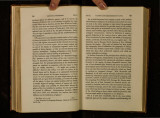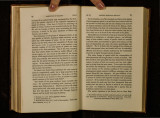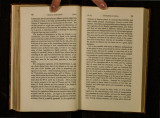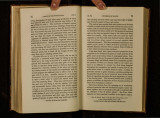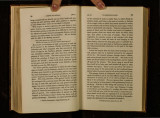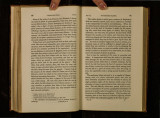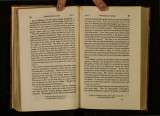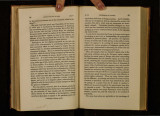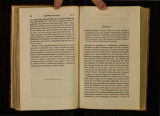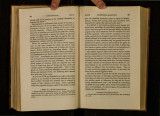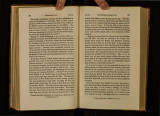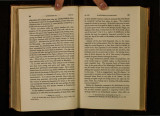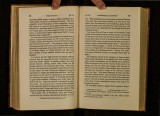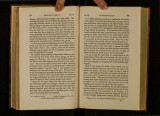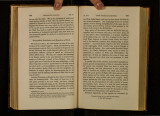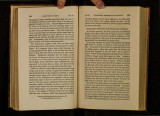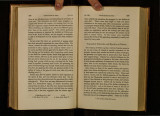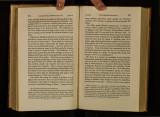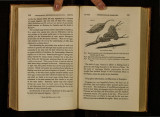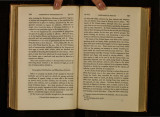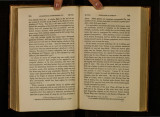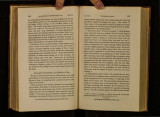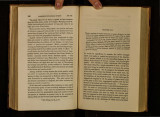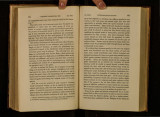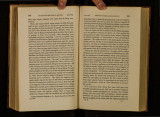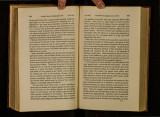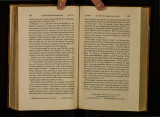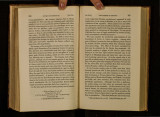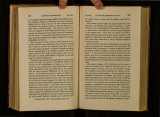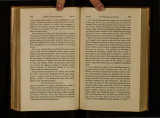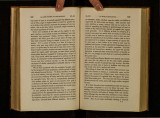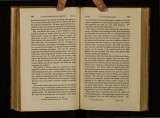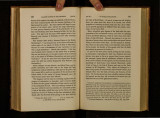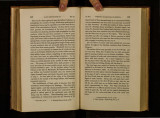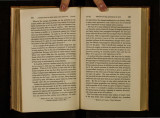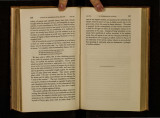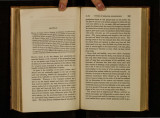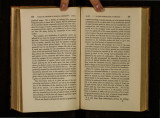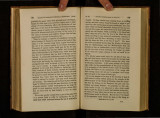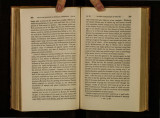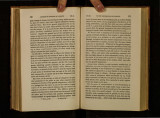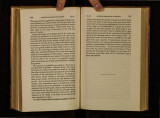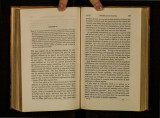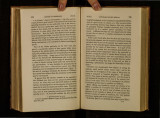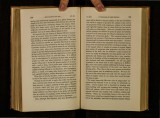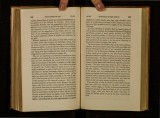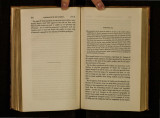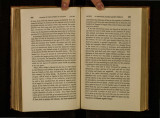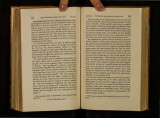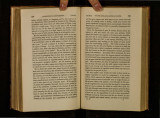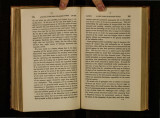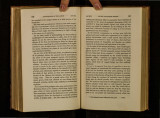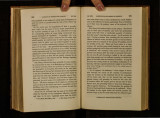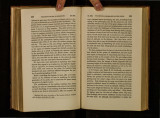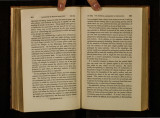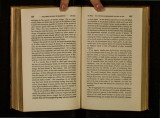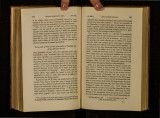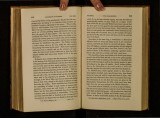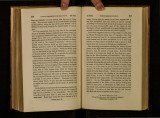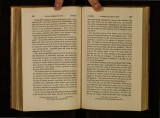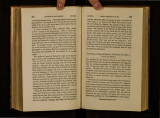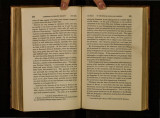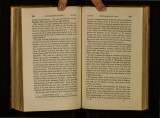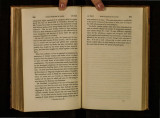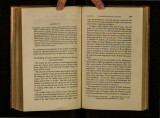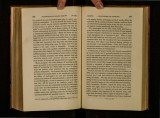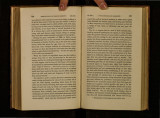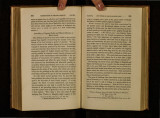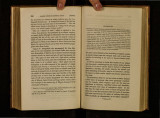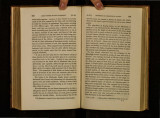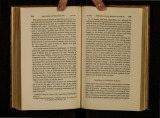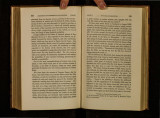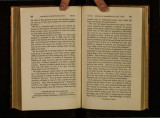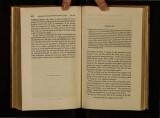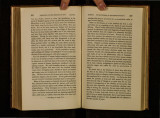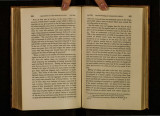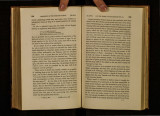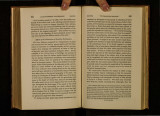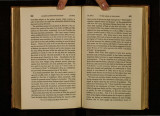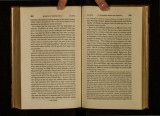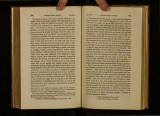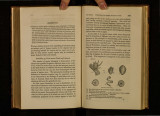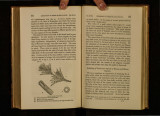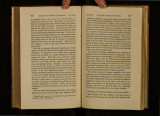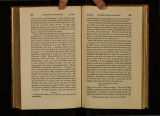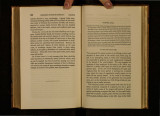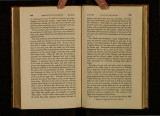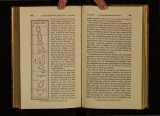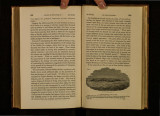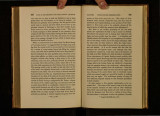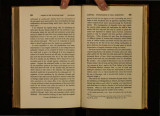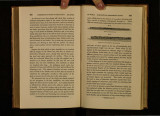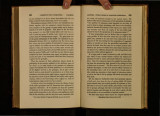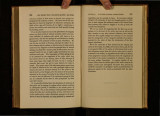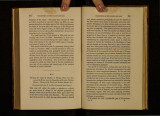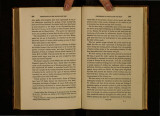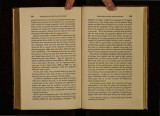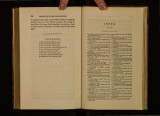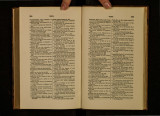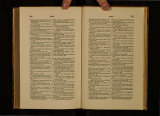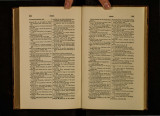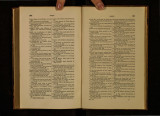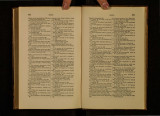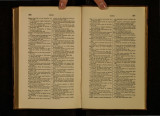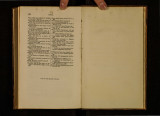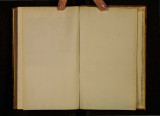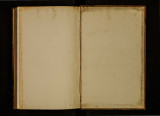| OCR Text |
Show ~56 IMDEDDJNG OF TilE REMAINS OF MAN [Ch. XVI. Even on that part of the floor of the ocean whither no accession of drift matter is carried, (a part which we believe to constitute, at any given period, by far the larger proportion of the whole submarine area,) there are circumstances accompanying a wreck which favour the conservation of .skeletons. For when the vessel fills suddenly with water, especially in the night, many persons are drowned between decks and in their cabins, so that their bodies are prevented from rising again to the surface. The vessel often strikes upon an uneven bottom and is overturned, in which case the ballast consisting of sand, shingle, and rock, or the cargo, frequently composed of heavy and durable materials, may be thrown down upon the carcasses. In the case of ships of war, cannon, shot, and other warlike stores, may press down with their weight the timbers of the vessel when they decay, and beneath these and the metallic substances the bones of man may be preserved. When we reflect on the number of curious monuments consigned to the bed of the ocean in the course of every naval war from the earliest times, our conceptions are greatly raised respecting the multiplicity of lasting memorials which man is leaving of his labours. During our last great struggle with France, thirty-two of our ships of the line went to the bottom in the space of twenty-two years, besides seven fiftygun ships, eighty-six frigates, and a multitude of smaller vessels .. The navies of the other European powers, France, Holland, Spain, and Denmark, were almost annihilated during the same period, so that the aggregate of their losses must have many times exceeded that of Great Britain. In every one of these ships were batteries of cannon constructed of iron or brass, whereof a great number had the dates and places of their manufacture inscribed upon them in letters cast in metal. In each there were coins of copper, silver, and often many of gold, capable of serving as valuable historical monuments; in each were an infinite variety of instruments of the arts of war and peace, many formed of materials, such as glass and earthenware, capable of lasting for indefinite ages Ch. XVI.] AND IUS WORk , ~IN SUBAQUEOUS STRATA. 257 when once removed fj and buried und rom the me ch am·c a1 act·w n of the waves, d . . er a mass of matter which corro mg actiOn of sea-water. may exclude the But the reader must not . . more conducive than th Imfagme that the fury of war is . e peace ul spirit of . I prise to the accumulat' f commercia enter .. Ion o wrecked 1 · sea. From an exami'n t' f vesse s m the bed of the a IOn o Ll d, 1. 1793 to the comm oy 8 tsts from the year , encement of 18~9 it 1 number of B '{ h ' las appeared that the rz ls vessels alone I t d . amounted, on an avera()' t os urmg that period · be, o no less tha d datly *, a greater numb th n one an a half er an we should h · · although we Jearn from M ave anticipated, oreau's tables that th b merchant vessels emplo ed t . . e num er of ]and and Scotland a y a one time In the navigation of Eng- ' mounts to about t I one with anothet· a me 1 d wenty t lousand~ having tons t Out of :6 han dmr en of one hundred and twenty . ve un red and fifty h' f 1 navy lost to the country durin()' the ~;n~ s ~ps o t le. royal only one hundred and . t b p Io a ove mentioned, stx y were taken or d t d b enemy, the rest having either stranded cs roye y the been burnt by accident t t 'k' or foundered, or having our naval warfare, howe:e; gs l:a;ng probof }hat the dangers of h ' may e 1ar exceeded by t1 storm, t e hurricane~ the shoal and 11th 1 . le deep. ' a e ot ler perils of the Millions of dollars and oth r . h submer ed in a si . e coms ave been sometimes be gJ d •. ngle ship, and on these, when they happen to enve ope m a t · b ·chemical chanO'es m m~ ri.x capa _Je of protecting them from temain inscrib:d' due ldmfo:matwn. of historical interest will an en ure wr period . d fi . the delicate 1 · s as m e mte as have of th . mar nngs of zoophytes or Japidified plants in some . e ancient secondary rocks I 1 . moreover, there are . . n a most every large ship, articles of some preciOus stones set in seals, and other stance . use and ornament composed of the hardest sub-s m nature, on which letters and various imaO'es ar * b e I am intd llbtcd to my fl'iend C t . Cresar M ' ap am W. II. Smyth, R.N., for this information, t I . orcau s Tables. of the Navigation of Great Britain Vo:.. II~IVe these results on the authority of Ca}Jtain W. H. Smyth,~. N. s |



